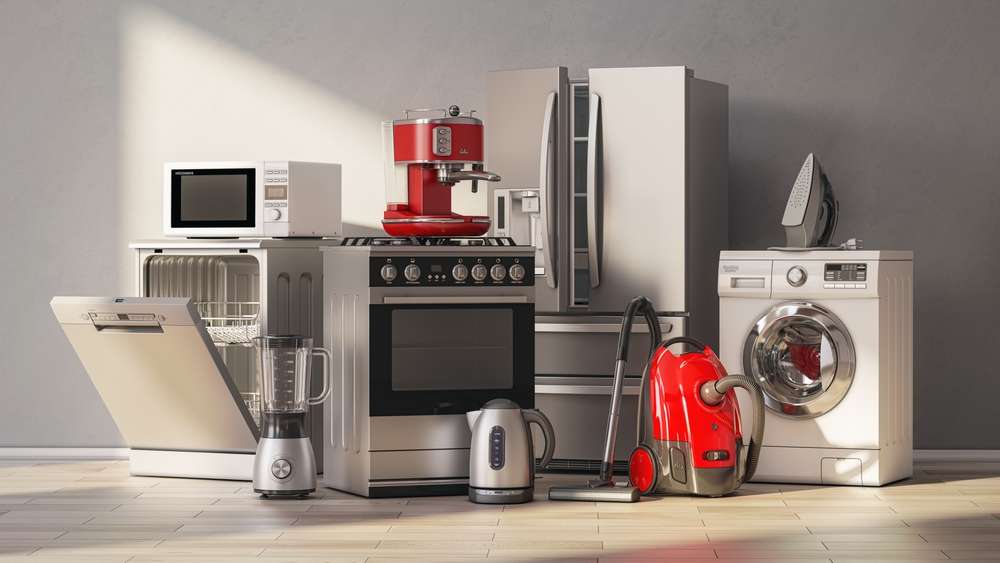Home Appliances: Choosing, Using, and Maintaining Household Devices
Household appliances play a central role in daily life, from food preparation to cleaning, heating, and cooling. Understanding the main categories, energy considerations, installation factors, and upkeep needs helps households choose devices that match their routines and budgets. This article explains common appliance types, selection criteria, energy-saving tips, and maintenance practices to extend service life and reduce operating costs.

What types of home appliances exist?
Home appliances are commonly grouped into major categories: large appliances (often called white goods) and small appliances. Large appliances include refrigerators, freezers, ovens, ranges, dishwashers, washing machines, and dryers — items that are typically fixed and handle core household functions. Small appliances cover microwaves, coffee makers, blenders, toasters, vacuum cleaners, and portable heaters, which are generally easier to replace or move. There are also built-in vs. freestanding distinctions and smart-enabled appliances that connect to home networks for remote monitoring or control. Choosing between categories depends on the tasks you need to accomplish, space constraints, and any installation requirements such as electrical capacity or ventilation.
How to choose appliances for your household?
Selecting appliances starts with assessing household needs: family size, cooking habits, laundry frequency, and kitchen layout. Measure available space, check power and ventilation requirements, and note installation costs for built-in units. Feature priorities—capacity, wash cycles, temperature zones, or noise levels—vary by household. For laundry, look at drum size and cycle efficiency; for refrigeration, consider storage configuration and temperature control precision. If smart features matter, verify data privacy and the manufacturer’s update policy. Also evaluate warranty terms and the availability of repair technicians or local services in your area. Comparing specifications and user reviews can help, but verify claims like energy consumption using manufacturer documentation or government-rated labels.
How to improve energy efficiency with appliances?
Energy use is a major operating cost for many appliances. Look for energy performance labels or ratings that quantify annual consumption and efficiency; these help compare models objectively. Simple practices reduce consumption: run full loads for dishwashers and washing machines, use energy-saving cycles, air-dry when possible, and keep refrigerator coils clean for better heat exchange. For heating and cooling appliances, regular filter replacement and proper sealing of ducts or windows reduce workload. Consider the lifecycle energy cost—sometimes a higher-efficiency model has a higher upfront price but lower long-term energy use. For households on a tighter budget, incremental upgrades (e.g., replacing an old refrigerator first) often yield noticeable savings without replacing all appliances at once.
How to maintain and prolong appliance life?
Routine maintenance extends appliance lifespan and improves safety. Follow manufacturer-recommended service intervals: clean filters and vents, descale kettles and coffee machines if water hardness is an issue, inspect seals on refrigerators and ovens, and remove lint from dryer vents. For laundry appliances, use the right detergent type and avoid overloading. Check hoses and connections for leaks and replace rubber hoses on washing machines every few years to prevent sudden failures. Keep movable appliances clean and stored in dry conditions to avoid corrosion. For complex issues or repairs, seek qualified technicians and retain documentation of repairs for warranty or resale purposes. Proper maintenance often prevents small issues from becoming costly repairs.
What installation and safety considerations matter?
Correct installation affects performance and safety. Ensure electrical circuits match appliance requirements and consider dedicated circuits for large devices. Gas appliances require professional installation and periodic inspection for leaks and proper ventilation. Built-in units may need custom cabinetry or ventilation grills; check clearance and manufacturer installation guides before purchase. For older homes, electrical upgrades may be necessary to support modern appliances. Safety practices include keeping flammable materials away from heating elements, securing heavy appliances to prevent tipping, and installing smoke and carbon monoxide detectors where gas or solid-fuel appliances are used. When disposing of old appliances, follow local services’ guidelines for recycling or safe removal due to refrigerants or hazardous components.
Conclusion
Choosing and managing home appliances effectively involves matching device features to household needs, considering energy and installation factors, and committing to routine maintenance. Thoughtful selection—based on space, performance ratings, and long-term costs—combined with preventive upkeep will help appliances operate safely and efficiently over their useful life. Regularly review manufacturer guidance and local services in your area to ensure safe installation, repairs, and responsible disposal practices.






